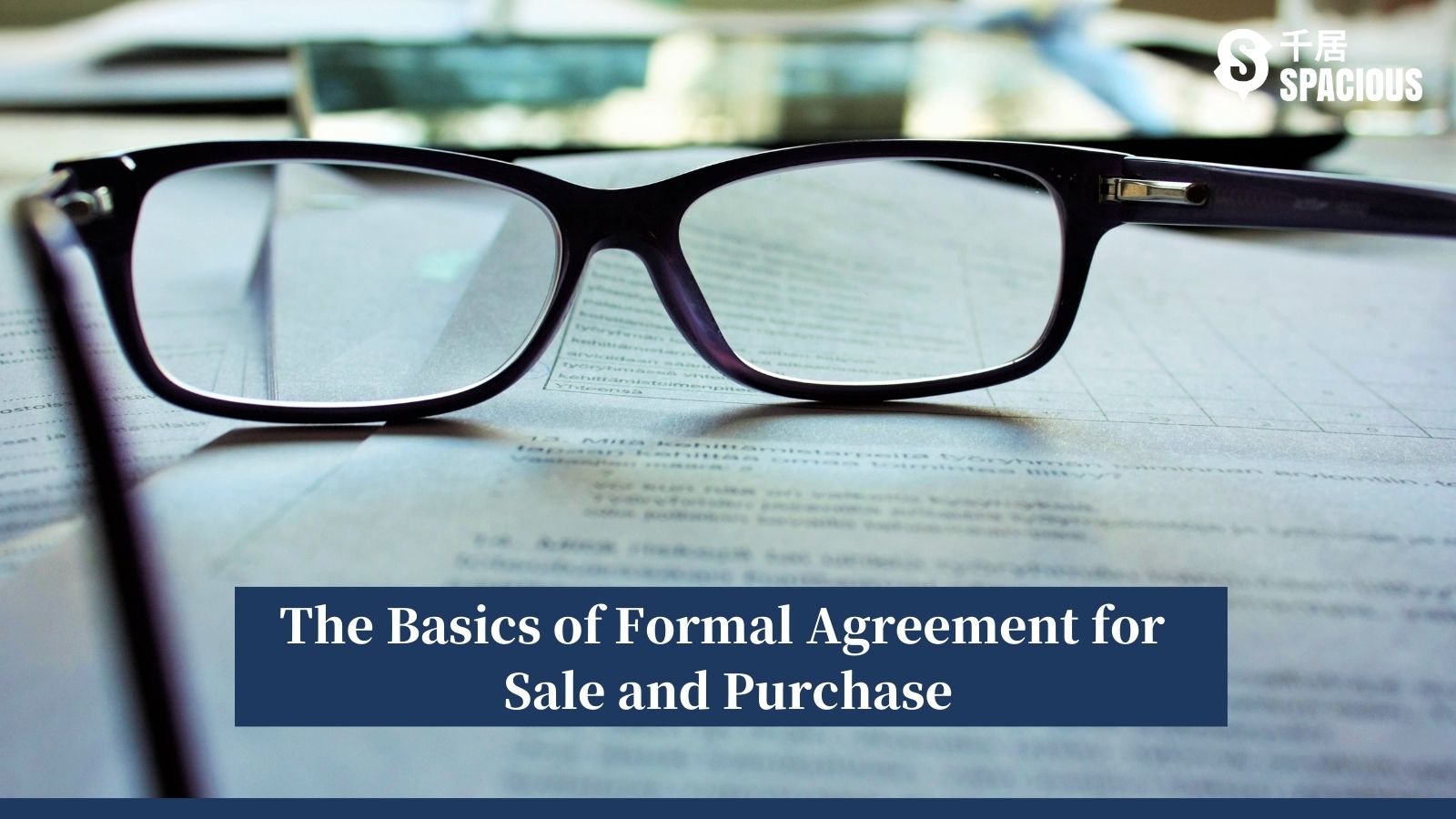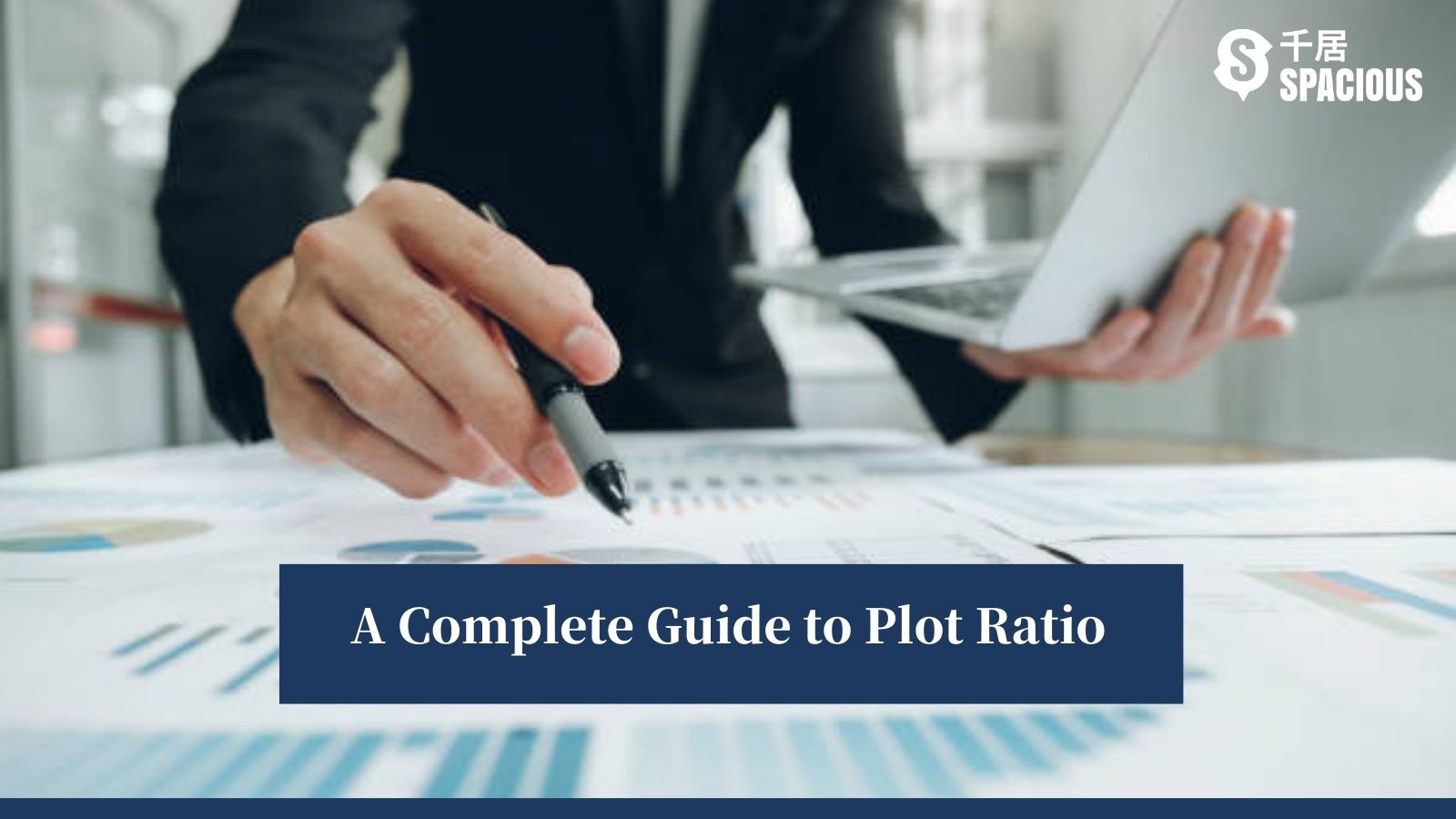
During a property transaction, both the buyer and seller sign various documents, including the Formal Agreement For Sale and Purchase as well as the Provisional one, the Assignment and Mortgage Deed. All these agreements have legal validity.
One might wonder why it is necessary to sign the Formal Agreement if the Provisional one already holds legal effect. What are the provisions in the Formal Agreement? What should be taken into consideration? Spacious have the answers.
Jump to: Provisional v.s. Formal Agreement | Terms of the Formal Agreement | FAQ
Provisional v.s. Formal Agreement
When buying a property, the purposes of signing the Provisional and Formal Agreements are different. The former is intended to establish the intention of the transaction, while the latter is to establish the terms and verify the property’s ownership status.
There is no standard format for the Provisional and Formal Agreements. The content of the Provisional Agreement is relatively simple (around 2 to 3 pages), while the Formal Agreement has more details (around 20 to 30 pages) and supporting documents. It is an essential part of the process before signing the Assignment.
The Provisional Agreement is typically provided by the estate agent, and both the buyer and seller usually do not require the presence of a lawyer during its signing.
On the other hand, the Formal Agreement is drafted by the seller’s lawyer, who must provide at least 15 years of property documentation for the buyer’s lawyer to review in order to demonstrate a good ownership status.
The buyer’s lawyer then reviews and revises the terms. The lawyers of both parties engage in negotiations until an agreement is reached.
Generally, within 14 working days of signing the Provisional Agreement, both the buyer and seller sign the Formal Agreement for Sale and Purchase.
At the time of signing the Provisional Agreement, the buyer should have already paid a deposit equal to 3 to 5% of the property price (known as the “initial deposit”).
On the day of signing the Formal Agreement, the buyer is required to pay the remaining deposit, which is the difference between 10% of the property price and the initial deposit.
Find or sell properties on Spacious
Terms of the Formal Agreement for Sale and Purchase
Since the property title review involves legal knowledge, it is usually handled by lawyers. Once the revisions to the Formal Agreement are completed, both parties will be notified to visit the lawyer’s office for signing.
Generally, the Formal Agreement consists of the following main sections:
- Detailed information of the buyer and seller’s identities.
- Agreement to buy and sell.
- Property details.
- Property price and payment methods.
- Arrangements for the transaction.
- Furniture and fixtures.
- Ownership status.
- Property encumbrances.
- Property risks.
- Default responsibilities and compensations.
- Enforcement measures.
- Property sold on an “as-is” basis.
- Orders or notices before completing the transaction.
- Stamp duty and expense accounts.
- Legal fees.
- Buyer’s final inspection of the property and mortgagee’s inspection.
- Third-party clauses.
Find or sell properties on Spacious
Before signing, the lawyer will explain the terms of the Formal Agreement to the clients. One important point to note is that once the contract is signed, it constitutes a binding agreement.
Unless there are issues with the property’s ownership, either party can demand the other party to complete the transaction. Failure to do so would be considered a breach of contract, and the non-breaching party has the right to seek compensation.
If the seller fails to fulfil the contract, the buyer can request a refund of the deposit and seek additional compensation for any losses incurred.
On the other hand, if the buyer fails to fulfil the contract, the seller can demand the forfeiture of the deposit and sell the property to someone else. If the property’s value decreases during that time, the seller can seek compensation for the difference and any other losses.
After signing the Formal Agreement, the next step is for the buyer’s lawyer to draft the Assignment which will then be reviewed by the seller’s lawyer.
The parties will then determine the completion date, and the buyer is required to pay the remaining balance of the transaction on that day. The date of the deed of assignment should be the same as the completion date of the property transaction.
If you are searching for a property across different neighbourhoods, go to Spacious to discover a wealth of properties listed for sale.
Find or sell properties on Spacious
FAQ
Who is responsible for stamping the contract (affixing the stamp duty) and registering with the Land Registry?
They should also register the contract with the Land Registry within one month.









